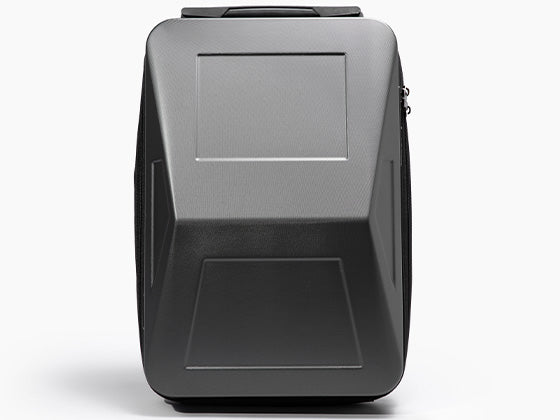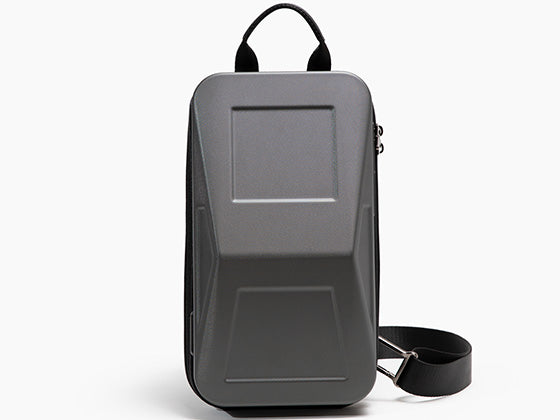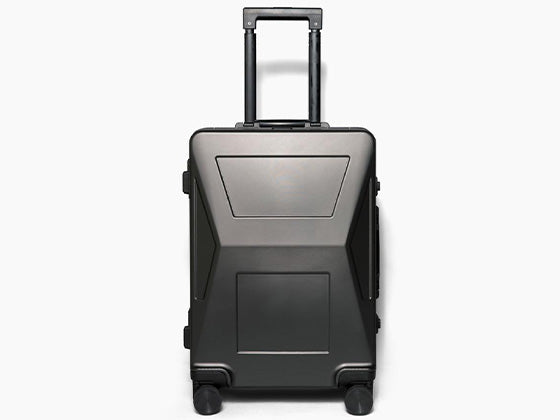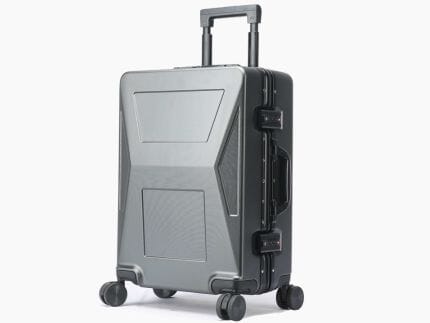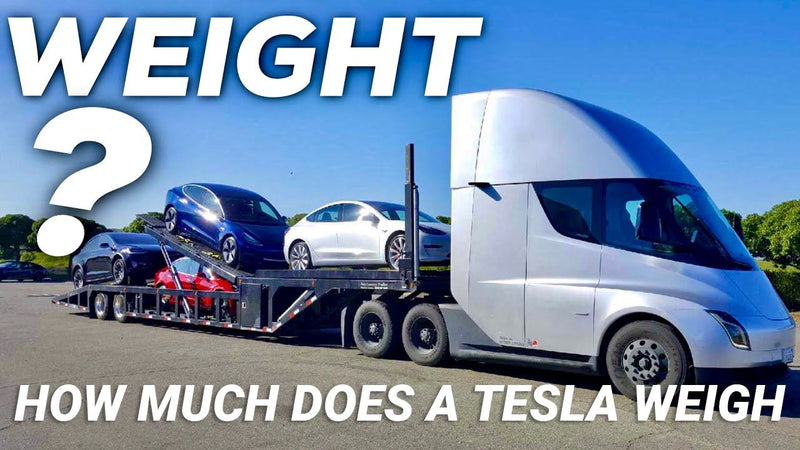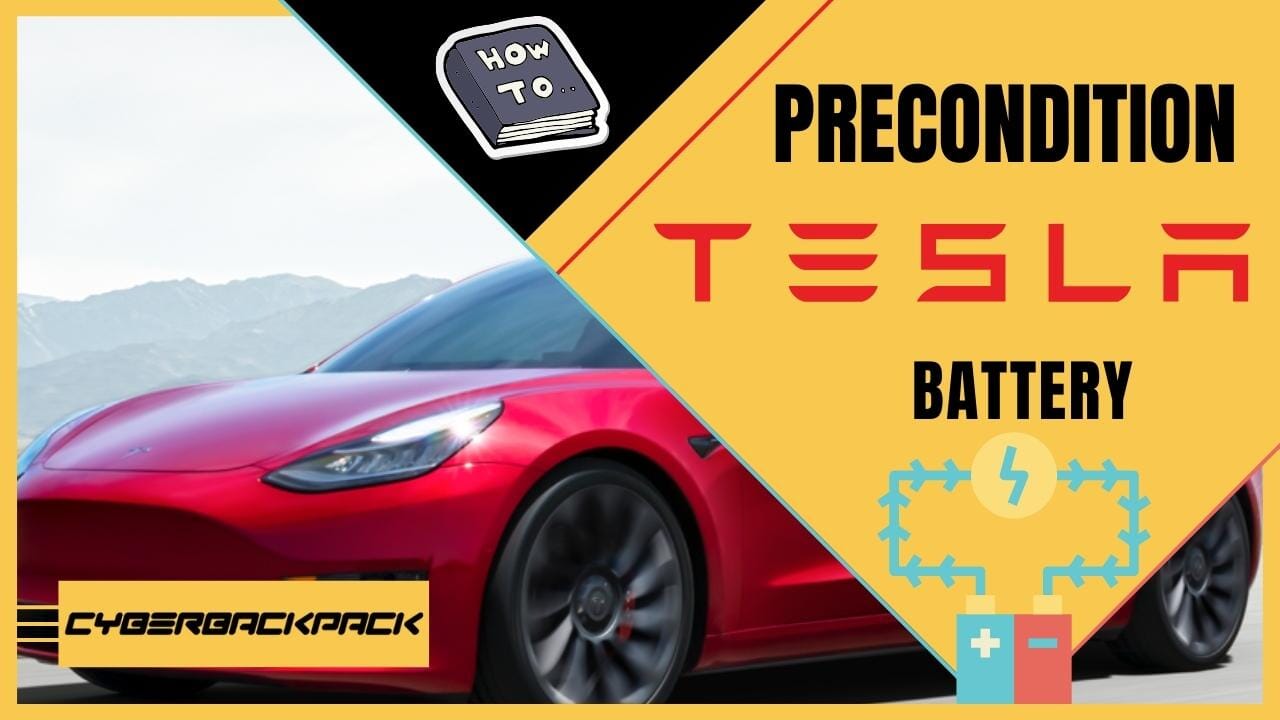Although they only recently entered the auto industry, Tesla has made a name for itself. By producing automobiles that are not merely electric but also ecologically friendly, they have changed the game in the automobile industry. Tesla automobiles are extremely efficient since they have drastically reduced the weight of their vehicles.
The most current variants of Tesla weigh between 2,723 and 5,390 pounds (1,235 and 2,445 kg). We provide a breakdown below:
Model S- 2,069-2,170 kgs (4,561-4,786 lbs)
Aluminum is used in the Model S's lightweight body. It is made durable by being strengthened using high-strength steel.
The car's overall weight is reduced by the use of lightweight aluminum, which allows for exceptional acceleration of over 60 mph or 100 km/h within two seconds. The company has disclosed how they reduced the P100D model's weight by roughly 1,100 lbs (500 kg).
To reduce mass in this car's interior, they teamed up with the manufacturer of natural fiber composites, Bcomp. In fact, Tesla has employed bio-composite panels. They aren't just lightweight thin but also incredibly rigid. It results in a weight reduction of 20% which significantly improves the car's overall performance.
Utilizing wheels made of aluminum alloy also reduces weight. Alloy wheels can help with better acceleration in addition to being appropriate for use in regions with mild temperatures.
Les weight results in better, quicker braking due to rotational mass decrease. The various materials used in the fabrication of the aluminum alloy wheels make them less malleable. The decreased weight is also supported by other elements like the frameless safety glass and glass roof.
The huge battery in the Tesla S weighs 1,200 lbs (544 kgs). Additionally, there are two separate battery configurations available for the vehicle, resulting in a weight differential of 2,108-2,241 kgs (4,647–4,940 lbs).
Model 3- 1,624-1,844 kg (3,582-4,065 lbs)
Model 3 by Tesla is intended for the general public. It is a cost-effective model that doesn't sacrifice effectiveness or performance. It is anticipated to have a comparable market share as the Model S. The Variant 3 is built to prioritize safety, despite the Model S being somewhat larger and marketed as luxury. Compared to the Model S, it weighs significantly less.
Aluminum and high-strength steel were used to make the Model 3. Similar to the S, it has an all-glass roof, which helps make the vehicle lighter. The ideal combination of the two metals allows it to attain the highest degree of sturdiness without significantly increasing the total weight.
The battery pack of the Model 3 is the lightest, weighing 6% less than the P100D and 15% less than the original Model S. Utilizing 2170 batteries contributes to the battery's weight decrease. The batteries' increased nickel content significantly contributed to the weight reduction. With the new cells, the pack footprint is extremely condensed.
A little bit smaller than the S, Model 3 is also 185 inches in length, 73 inches wide, and 57 inches in height. 196 inches, 77 inches in width, and 57 inches in height are the dimensions of the longer Model S. It also occupies the least room in the garage because of its narrower (by around 4-inches) dimensions. The difference in weight results from the different dimensions.
Although it is a little difficult for most people to see, the small length constricts the cabin area.
In Model 3, the headroom is a bit more spacious at the rear. More weight is present on the backside as a result. However, there is not much of a weight distribution change. Model 3's cargo area is slightly smaller than Model S's, hence it cannot carry the same amount of weight. The Model 3's cargo area is the same as that of a standard vehicle but has a more compact design and weight.
Model X- 2,352-2,445 kg (5,185-5,390 lbs)
Even though it has been said that Tesla's Model X is extremely hefty, it is still below the 6,000 lbs. mark. The body is reinforced with steel and built of aluminum.
A spare tyre is not included with the vehicle. The car's weight is frequently increased by spare tires, which reduces both its efficiency and range. Despite having around 30% of the same features as the Tesla S, it weighs around 10% more. It does, however, make use of five powerful lithium-ion battery cells.
AWD in its normal form has a maximum power output of 259 HP, or 193 kilowatts. No matter how big the load, it can generate sufficient power to carry over 2,267 kg (5,000 pounds). In fact, it has a higher towing capacity than most electric vehicles.
Additionally, this model's battery positioning and weight result in a lower center of gravity. This lowers rollover risks. It boasts the biggest storage space in its class, which means it can tow more loads than the majority of SUVs belonging to the same category.
Model Y - 2003 kg (4,416 lbs)
The Model Y by Tesla is a compact SUV. Like the other Tesla vehicles, the car's body is constructed of steel reinforced aluminum. Model Y, which is more reasonably priced than Model X and S, is an automobile designed for the general public in the same way that Model 3 was. It has space for seven passengers.
This vehicle is intended to be one of the safest car in its category. Incredible protection is provided by the vehicle's lowered center of gravity, robust body design, and sizable crumple zones.
Cybertruck
The weight for the Cybertruck has not been officially announced yet. According to speculations, it weighs between 8500 and 10,000 lbs.
Tesla Semi
The weight for the Cybertruck has not been officially announced yet. According to speculations, it weighs about 25,000 pounds.
How the Speed of a Vehicle is Impacted by Its Weight
A car's overall weight has an impact on its acceleration. A lightweight vehicle should accelerate more quickly. For a heavy automobile to accelerate, more power is needed. The suggested method for reducing a car's weight is to replace some of its heavier components with lighter ones. Reducing extra weight can increase speed without the car requiring any other modifications.
Distribution of weight
Weight distribution affects speed, braking, handling and turning capabilities even though it is frequently neglected. A 50/50 distribution is typically stressed since it feels balanced.
However, the suspension tune, not the distribution of weight, determines how balanced a vehicle feels. Improved breaking is provided by having additional weight at the back. This is due to the fact that upon breaking, all tires are inherently involved. Only front-biased vehicles often have more frontal weight.
A heavier back also allows for faster acceleration. In comparison to front-biased automobiles, it also maneuvers more quickly. They might even have a propensity to oversteer, which is crucial for cornering. The back of each of the three Tesla vehicles (Model 3, X, and S) is heavier than the front.
